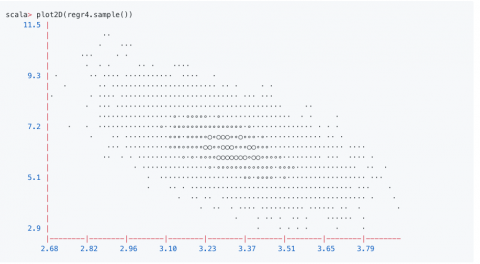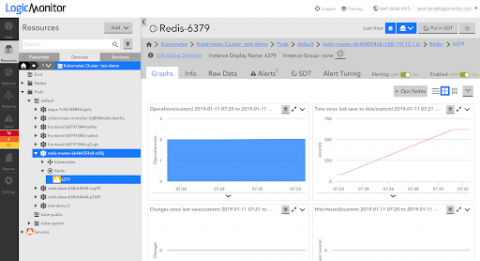Operations | Monitoring | ITSM | DevOps | Cloud
Latest Posts
Recapping the Top 3 Talks on Futuristic Machine Learning at Scale By the Bay 2018
As discussed in our previous post, we recently had the opportunity to present some interesting challenges and proposed directions for data science and machine learning (ML) at the 2018 Scale By the Bay conference. While the excellent talks and panels at the conference were too numerous to cover here, I wanted to briefly summarize three talks in particular that I found to represent some really interesting (to me) directions for ML on the java virtual machine (JVM).
Resultful web push notifications campaigns with PushPushGo
Marketing automation for most people probably regards e-mail marketing. But the newsletter is not the only way to use automatic actions for better timing and personalization. Among them, we can list web push notifications – messages that show up when an Internet user visits browser (not necessarily a particular page).
Centralized Logging - Knowing When Less is More
A lot of firms collect massive amounts of data every day (up to billions of events) to improve their security efforts, enhance their business intelligence, and refine their marketing strategies. Their log storage drives are so big that some of them even brag about the size, to show their public and clients how advanced their technologies are.
10 Tech Blogs to Bookmark in 2019
The fact that you’re reading this suggests that you like to keep on top of what’s new in tech. With anything and everything now being considered “newsworthy”, it can be hard to filter out the articles that are actually relevant to your interests. That’s why if you’re keen to keep yourself up-to-date on the upcoming digital trends and gadgets of 2019, we suggest bookmarking some of these blogs so that all of your desired reading is just a click away.
How to Monitor Kubernetes with LogicMonitor
Kubernetes allows DevOps teams to deploy containerized applications faster and makes managing containers at scale significantly easier. Obtaining visibility into these containerized applications is key to maximizing application/service performance and proactively preventing downtime.
Types of DDoS Attacks and How They Slow Your SaaS Services
Distributed denial of service (DDoS) is one of the most insidious types of digital attacks that can cause cloud outages. It is typically directed at a specific target, and if done competently, can bring an application or even all network traffic to its knees.
What site reliability engineering (SRE) and how is it different from DevOps?
Site reliability engineering (SRE) is Google’s approach to service management where software engineers run production systems using a software engineering approach. It’s clear that Google is unique, and they usually need to tackle software bugs and errors in different and non-conventional ways. But having software engineers doing a job that is traditionally done by professionals with a systems administration background sounds impractical.
How to Stay Ahead of Data Retention Requirements - Part 2
In part 1 of this series, we tried to outline what data retention is and why it is needed to overcome increasing requirements for various regulatory standards. As detailed, there are some clear guidelines for organizations to take what we called a “data retention approach for compliance”. In this follow up post, outline some specific technological and procedural challenges you might face as well as some practical guidelines and strategies to overcome them.
Opsgenie Actions: Sign Up For Early Access
When operating always-on services, engineers need to quickly respond to alerts and prevent issues from becoming outages. Fortunately, many alerts can be resolved through easy changes to systems or network infrastructure. However, these tasks still require manual intervention and cause interruptions for on-call responders.











